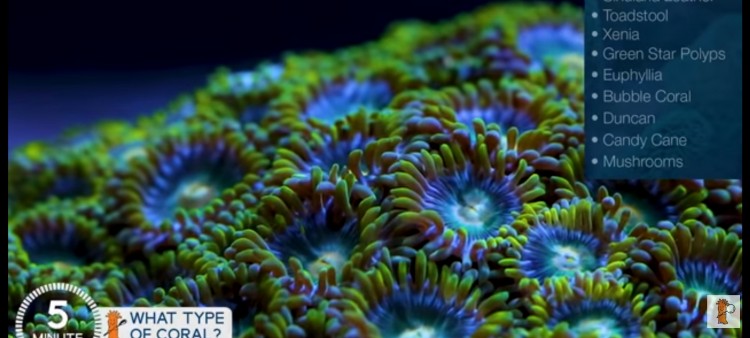Can Sand Bed Trap Nitrates if Deep Enough?
- Aug 06, 2023
- Anshika Mishra
- 160 0 0

In order to grow de-nitrifying bacteria, you need to have nitrates in the sand bed. For a long time, people in aquarium hobby liked to have a lot of rocks and sand in their tanks.
Can Sand Bed Trap Nitrates?
Earlier, when the equipment wasn't good enough to process nitrates and phosphates efficiently, people depended upon rocks and sand. Having them allowed the denitrifying bacteria to process nitrates and eventually turn them into nitrogen gas which then bubbles out through the rock out of the tank.
Even though the process happens very slowly, it's not something that most new-age reefers depend on for aquarium efficiency. But it does happen and takes place in your tank.
Equipped with our new types of filters, skimmers, and powerheads, our overall methods have changed with the hobby. So, a lot of us don't usually have deep sand beds (four to eight inches deep sand substrate).
The food particles and nitrates get trapped in the sand bed, which is a low-oxygen environment that denitrifies bacteria that come through, break it all down, and then eventually bubble out, as mentioned before.
However, today, most of us only have 1-2 inches of sand bed to make it look like the real ocean. We don't rely on it for the aquarium processes. But if you have sand that is not very fine, you should not worry about siphoning the entire substrate.
For people with 3 inches of the sand bed, you can go in with the siphon tube to the bottom of the glass to clean it out once in a while






About author